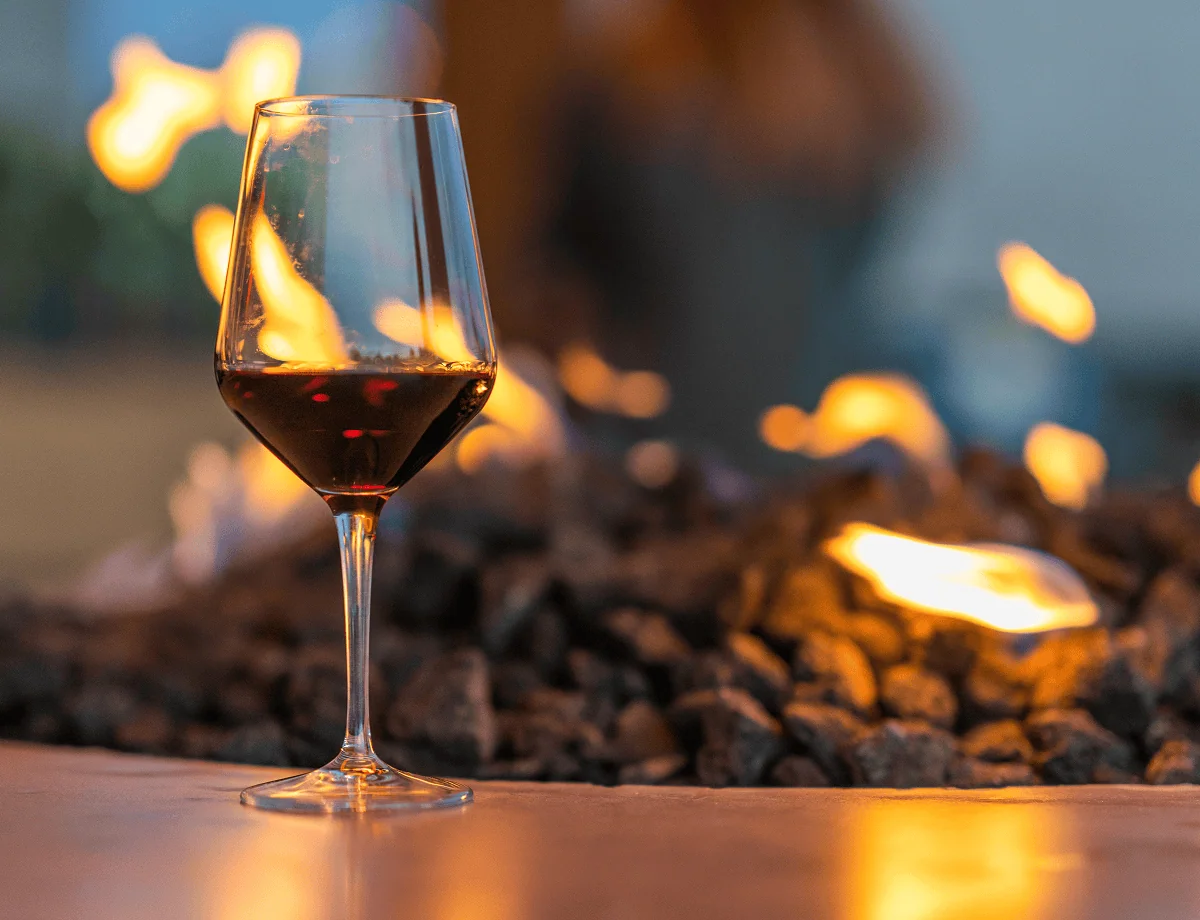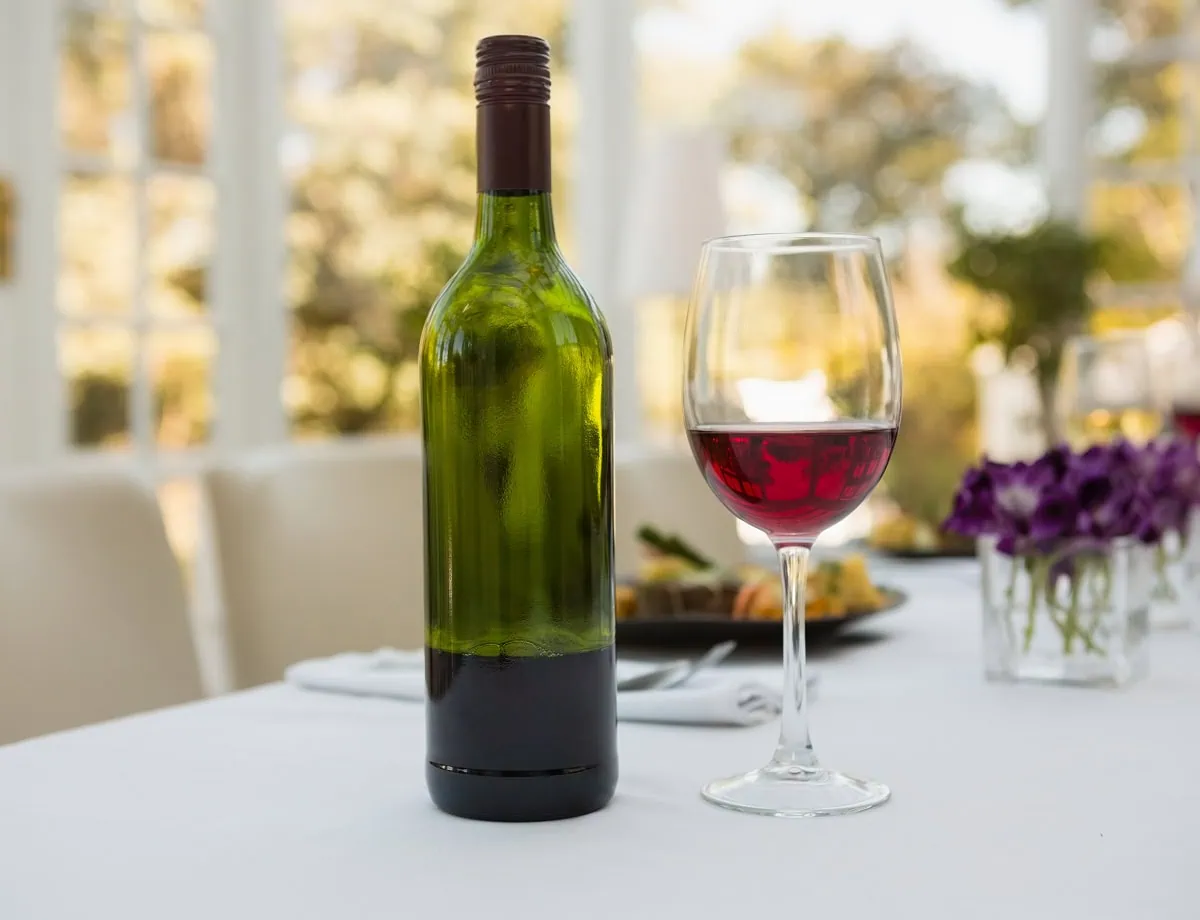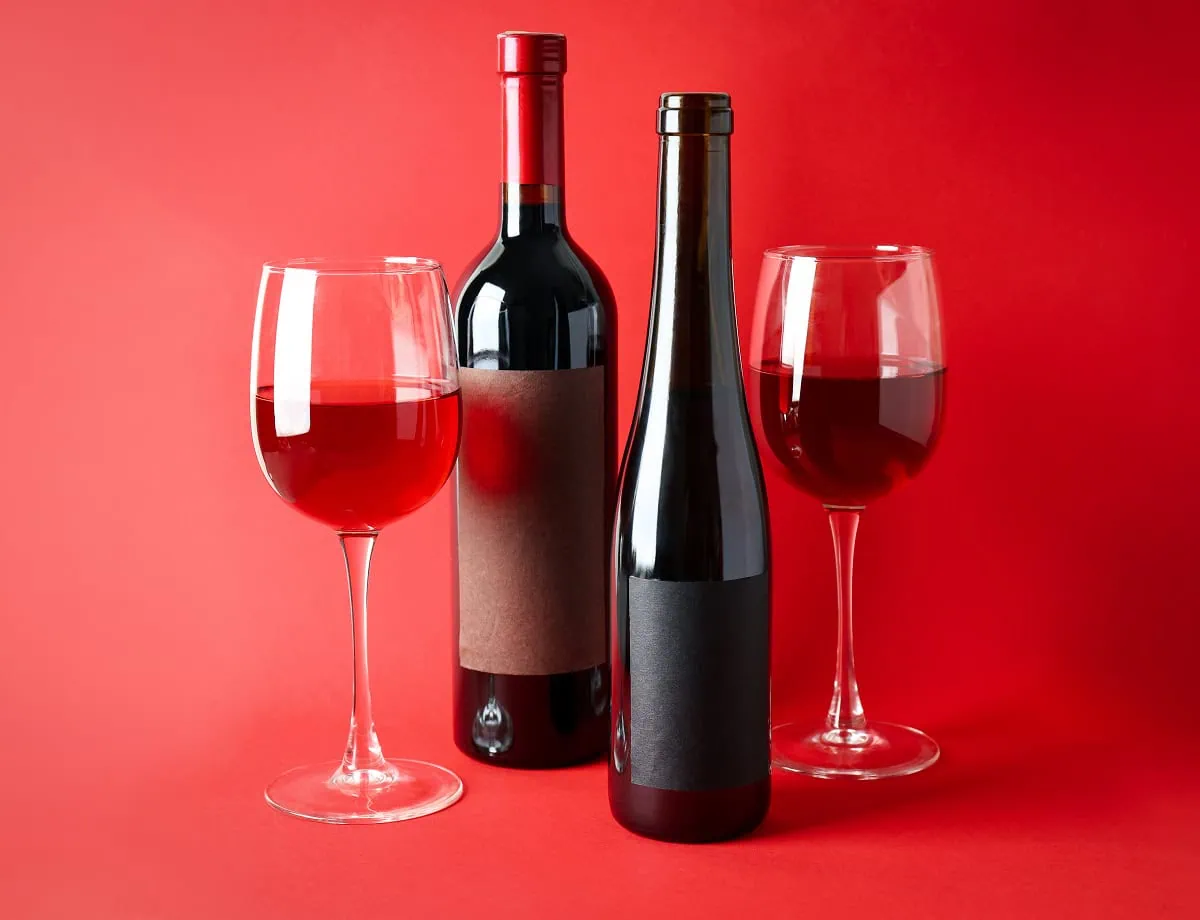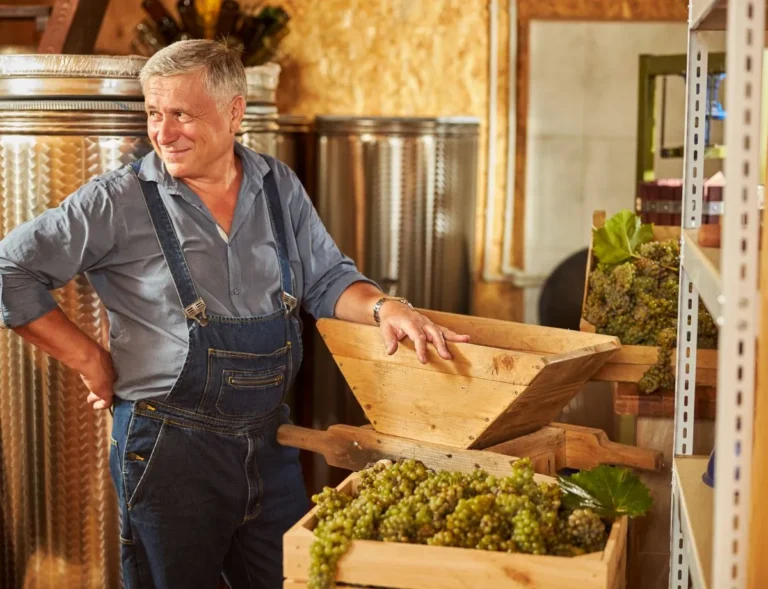To keep red wine fresh after opening, recork it tightly, store it upright in the fridge, and consume within 3–5 days. Use wine stoppers, vacuum pumps, or inert gas sprays to extend its life and preserve flavour. Avoid heat, light, and prolonged oxygen exposure.
You open a bottle of red wine, pour a glass, and the moment feels right. But the next night (or the next week), that same wine might not hit the same. Why?
Because red wine, once uncorked, starts changing — fast.
Knowing how to keep red wine after opening is about respecting what’s in the bottle — and making sure every sip lives up to what the winemaker intended.
Let’s walk through the why, how, and what-next of open red wine care — so you can drink better, waste less, and maybe even discover a few delicious surprises along the way.
Key Takeaways
- Red wine goes bad due to oxidation, which flattens flavour and can lead to sour or vinegary notes.
- Most red wines last 2–6 days in the fridge after opening, depending on body and tannin levels.
- Refrigeration slows oxidation — even for red wine, cold is your friend once the bottle is open.
- Proper sealing matters — corks, wine stoppers, or vacuum pumps can make a big difference.
- Advanced storage options like argon gas sprays or Coravin systems are ideal for wine lovers.
- Spoiled wine isn’t wasted — it’s great for cooking, sauces, marinades, or even vinaigrettes.
- Trust your senses — if it smells like vinegar or tastes flat and metallic, it’s time to let go.
Why Does Red Wine Go Bad After Opening?
Wine is alive — not literally, but chemically. Once air hits it, oxygen starts a chain reaction that changes its flavour, structure, and aromatics.
At first, oxygen is a friend. It “opens up” the wine, softens tannins, and lets aromas bloom. But after a few hours or days?
- Oxidation flattens the wine’s fruit notes and brightness
- Acetobacter (yes, bacteria) can convert ethanol into acetic acid — aka vinegar
- Volatile compounds start to break down, leaving you with a dull, tired wine
Think of it like slicing an apple. It’s fresh and vibrant at first… but give it a day on the counter, and it browns, softens, and loses its appeal.

How Long Can Opened Red Wine Last?
There’s no single rule — it depends on the wine and how you store it. But here’s a rough guide:
| Type of Red Wine | Shelf Life After Opening (in fridge) |
| Light reds (e.g. Pinot Noir) | 2–3 days |
| Medium-bodied reds | 3–5 days |
| Full-bodied reds (e.g. Cab) | 4–6 days |
| Natural/minimal-sulfite reds | 1–2 days |
| Fortified reds (e.g. Port) | Up to 2 weeks |
Pro tip: Tannins and alcohol are natural preservatives. The bolder the wine, the longer it tends to last.
How to Store Red Wine After Opening
Storing red wine isn’t just about tossing the cork back in and hoping for the best. Here’s how to truly protect it:
- Recork it tightly – and flip the cork upside down (clean side in)
- Use a wine stopper or vacuum pump – these remove excess oxygen or seal the neck
- Keep it cool – yes, even red wine belongs in the fridge after opening
- Store upright – it reduces surface area exposed to oxygen
Fridge? Really? Yes. Cool temps slow down oxidation. Just take it out 30–60 minutes before drinking to let it warm to ideal serving temp.
How to Keep Red Wine After Opening: Advanced Storage Methods
For those who take their wine seriously — or just hate waste — here are a few next-level techniques:
1. Private Preserve (Gas Spray)
These sprays blanket your wine with inert gas (argon or nitrogen), pushing out oxygen. Used by sommeliers and restaurants alike.
2. Coravin
The holy grail. It lets you pour wine through the cork without opening the bottle. Perfect if you want just one glass and plan to store the rest for weeks (or even months).
3. Wine Fridges with Vacuum Tech
Some smart fridges have vacuum-sealing wine compartments. A nice touch if you’re aging or regularly rotating your wines.
Common Mistakes to Avoid When Storing Open Red Wine
Let’s call them out:
🚫 Leaving it on the counter overnight
🚫 Using the cork loosely or sideways
🚫 Storing near heat (even under-cabinet lighting or ovens)
🚫 Repeatedly letting it warm and cool
🚫 Assuming “cheap” wine doesn’t deserve proper storage
Every bottle — whether $10 or $100 — deserves basic respect once it’s opened.
How to Tell If Your Open Red Wine Has Gone Bad
Some changes are normal. Others mean the wine’s over the hill.
Still OK if…
- Slightly less aromatic
- A bit softer or muted in flavour
Probably Gone if…
- Smells sour or vinegary
- Tastes flat, acidic, or metallic
- Has a brownish tint (especially in light reds)
- Feels fizzy (unless it’s supposed to)
If it’s borderline, cook with it (see next section).

Creative Uses for Leftover Red Wine
Even tired wine has purpose:
- Deglaze a pan for sauces or reductions
- Add to slow-cooked stews or braised meats
- Mix into red wine vinaigrettes
- Make red wine syrup for desserts
- Freeze in ice cube trays for future cooking
- Simmer with spices for a quick mulled wine base
Bonus: How to Store Other Types of Wine After Opening
- White & Rosé: Refrigerate immediately; last 3–5 days. Use airtight stoppers.
- Sparkling: Use a sparkling wine stopper; best in 1–2 days.
- Natural Wines: Treat with care — most spoil quickly. Drink within 1–2 days.
Treat most wines like produce: fresher is better.
How to Keep Red Wine After Opening: Appreciate Every Glass
Red wine doesn’t have to be a one-night stand. With a little care — and a little fridge space — your bottle can stay vibrant for days. Better still, learning to store open wine is one of those small upgrades that makes you drink more intentionally, waste less, and appreciate every glass a little more.
Whether you’re a casual sipper or a weekend oenophile, respecting the bottle means the wine will respect you back.


